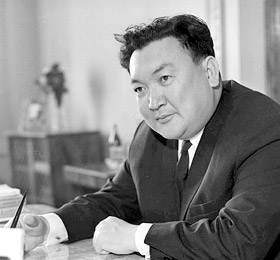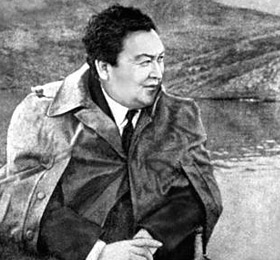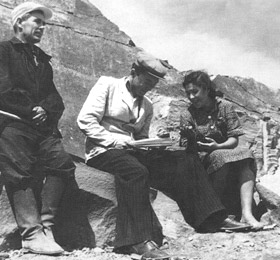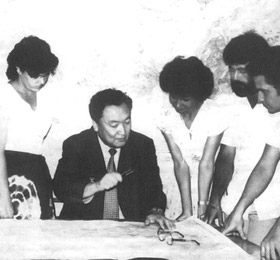Aidar Alimbayev
Specialization: electronics and radio engineering. Internship: Texas A&M University, USA.
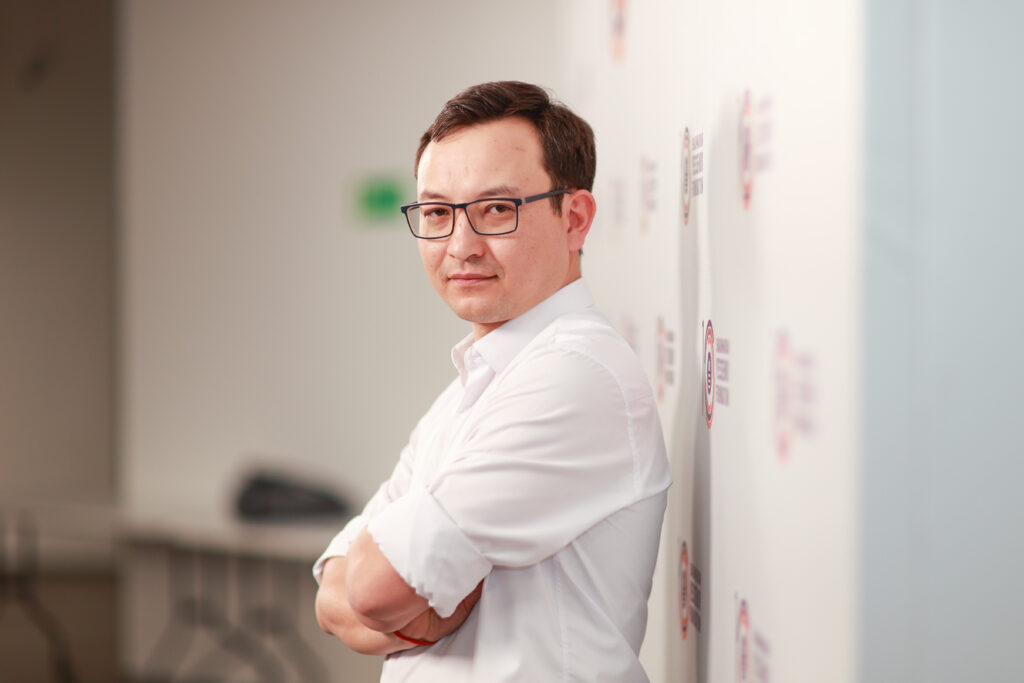 This graduate of Nazarbayev University, a development engineer is 32. Aidar Alimbayev hails from Northern Kazakhstan. In 2022, the Kazakhstani won the competition of scientific internships of the Shakhmardan Yessenov Foundation and went to work in one of the best laboratories in the world in his specialty, which was located in American Texas.
This graduate of Nazarbayev University, a development engineer is 32. Aidar Alimbayev hails from Northern Kazakhstan. In 2022, the Kazakhstani won the competition of scientific internships of the Shakhmardan Yessenov Foundation and went to work in one of the best laboratories in the world in his specialty, which was located in American Texas.
How did it happened that you chose your specialization?
After the 9th grade of school, I entered the Almaty College of Communications for the specialty “Multichannel Telecommunication Systems”. So my further advancement into the field of electronics and radio engineering was predetermined. After college, I completed military service, where I worked at a radar station. Then I entered the bachelor’s degree of Seifullin KazATU, and upon graduation I was accepted to the master’s degree program in St. Petersburg State University of Telecommunications. Anyway, the development of prototypes of devices and software for me is more a hobby than a job. All my projects are scientific and technical products aimed at improving people’s lives.
In which laboratory and how did you conduct your research?
I passed my internship at the TAMIDS Scientific Machine Learning Lab, which is a part of the Institute of Data Science Scientific Machine Learning Lab at Texas A&M University. It employs approx. 20 professors and 30 doctoral students who study modern problems of machine learning and artificial intelligence. Graduates of the laboratory work in leading companies in Silicon Valley and Texas. My main task was to optimize the previously developed algorithm. I have been developing optimization algorithms for neural networks that help solve Maxwell’s equations. This will help to study radio wave propagation more deeply. I was supervised by Professor Ulisses Braga-Neto.
What results have you achieved in 3 months of internship?
While studying in graduate school, I want to use my developments on neural networks made during the internship. In my research, I used mathematical modeling approaches and machine learning applications. As part of the internship, he participated in scientific forums and master classes of the laboratory. The latter were devoted to research methods. I was able to improve my skills working with such software libraries as Tensorflow and Pandas of the Python programming language. Working with differential equations turned out to be more difficult than I expected, but the experience gained in this field will also serve me well in my scientific work.
What did you do in your free time, if there was such a thing?
It was not enough, so I left the entire cultural program at the very end of the internship. I managed to meet with some Kazakhstanis studying there. Including with the winner of the Yessenov Foundation research internship program, Bekassyl Battalgazy, who is studying for a doctorate in the US. He helped me with a trip from Dallas to the College Station campus and to Houston. I also flew to the Gulf of Mexico and visited the NASA Mission Control Center and the town of Galveston. So it turns out that in the last two days of the internship I visited more places than during the entire internship.
Based on your experience, what advice can you give to future winners of the foundation’s program?
Do not waste time sending template letters to professors. I spent 4 months studying the profiles of professors, reading their articles, trying to link my field of research with their work. In total, I sent about 30 letters to various scientits. Having received no answer, I despaired and asked my professor at NU to help with finding an internship, which worked well, however, at the very last moment. So I advise you to immediately start searching for laboratories through professors you know. And also – to study all sorts of local nuances before the trip, including the temperature scale adopted. For example, I tried to cook a chicken in the oven and put it on for 40 minutes at a temperature of 200 degrees. 40 minutes later it turned out that the chicken was still raw. Then I put the oven on for another 40 minutes. And only after the third time I realized that in the States they use the Fahrenheit temperature scale, not Celsius. I.e. each time I put the oven on only at 93 degrees Celsius.
Tell us what do you do now and what are your plans for the next 2 years.
I strive to enroll in doctoral studies and continue working in an academic environment, because learning new things has always made sense to me. It’s more interesting for me to solve complex problems, because I’m a classic “nerd”. Moreover, the experience of teaching has left a pleasant imprint on my memory. My dream is to become a professor at the university.
15.09.23, Stories
Seen by: 308

